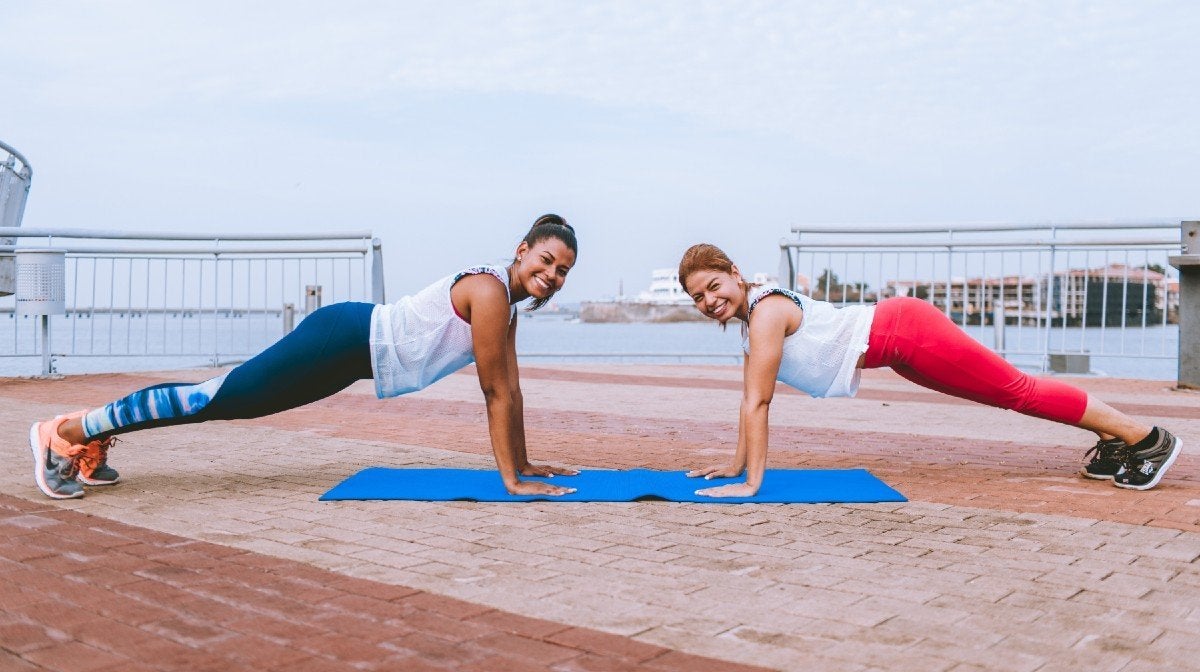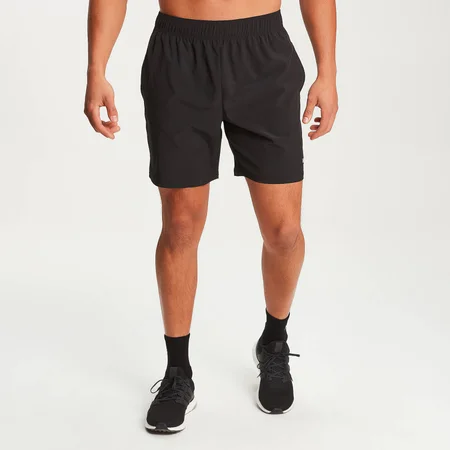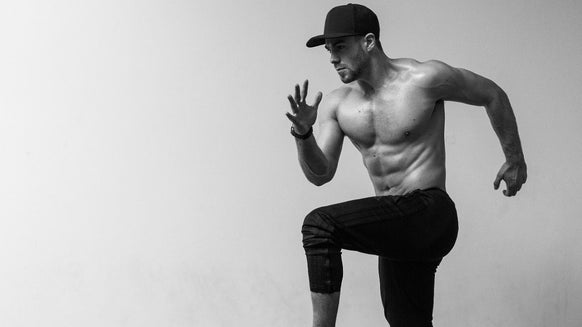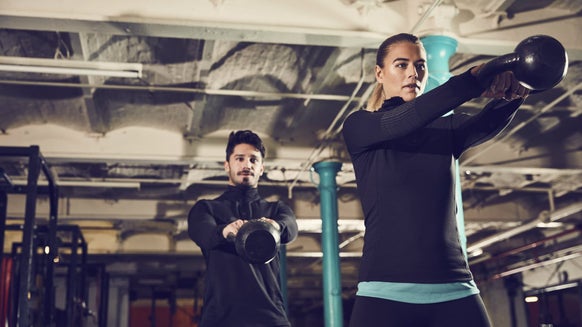
There is a lot to be said for exercises and workouts that you don’t need a gym full of equipment to perform. Push-ups are (or should be) the staple of all exercise regimens, whether you are looking to build, tone, or develop your overall strength.
The beauty of push-ups is their endless possibilities. To say that they build your chest would be a huge understatement, given the list of other muscles they can put to work in their various forms. But it is the variables that make all the difference in the outcome of push-ups, and here we will take a look at some of the various possibilities of one arm pushups.
One arm push ups: a sure sign that your strength, coordination, power and dexterity is improving. These arguably advanced presses afford you many benefits that you may not have thought of.
For starters, they are not simply a one-handed version of standard two-handed push-ups – performed as such will see you fall flat on your face. Coordination plays a major role in effectively executing these types of press ups, along with greater core work and the use of your delts and triceps. As with all one-limbed lifts, one armed push ups are a good way of ensuring both sides of your body are strong, as opposed to depending on your stronger arm in a double-handed lift.
Close Grip Push-ups
We’re covering one armed push ups, so where do close grip push ups come into the picture, given they involve both hands?
It is about balance and strength, of course. Narrowing the distance of your palms for a standard push up will make the press more difficult, meaning that your core, triceps and delts will get a better workout. Think about it in terms of the bench press: when your arms have a wider grip on the bar, your chest will take more of the weight, while closing the space places it more on your triceps.
You can consider close grip push-ups a half-way step on the route to one-handed push-ups as your hands are beneath your torso, just as they need to be for one-handed press ups. They also require your elbows to strictly be kept tight to your side as your press.
The next consideration here is the positioning of your feet. There is often a lot said about the angle of the press and positioning of your hands, but the placement of your feet can make a big difference in your weight distribution. With close grip push ups and one arm push-ups, the wider your feet are, the easier they will be. Bringing your feet closer together means relying more on your core for stability.
Incline One Arm Push-Up
Altering the inclination is a great way to lower the bar, so to speak, for standard push-ups, but with one arm push-ups, this will take much of the strain out of the equation so that you can focus on your balance and strength before adding the extra weight.
Also known as elevated push-ups, for these, you are basically performing one arm push ups with your hand down on a platform that is higher up than your feet.
Elevated push ups will make it easier for you, sure, but looking at the bigger picture it also means you will be working different muscles than when performing the press in a standard position. Again, think of a barbell press, when on a declined bench and you press the bar at a more downward angle as you would with an elevated push-up, you are exercising a different part of your chest, delts and back.
One-Arm Side Push-Up
This is one opportunity that one arm push ups afford you that the two-handed kind does not. Lying on your left side, place your right palm flat on the floor in front of your rib cage. Keep your shoulders and head still so that all the weight is placed on your right, pressing arm. This will create a workout for your mid deltoid and tricep along with your pec. Further to this, by forming a side plank you can engage your core for a superior oblique workout.
One-Arm Push-Up Progression Workout
The aforementioned one-arm push-ups are good places to start to achieve what at first is a difficult exercise. Here are just a few tips that can take you from zero to expert.
Begin with elevated presses and a wide footing. Though you are not using added weight and equipment, you can still exhaust your muscles, especially your triceps, so be wary of this and keep your set to ten reps.
Next lower to a standard press, but close the distance of your palms so that your thumbs are touching. Spread your feet wider and engage your core.
Turning your fingers back towards your feet will force your shoulders down first and widen your palm on the ground. Place your hand central beneath your torso and keep your elbow tight to your body.
Just as you feel confident in your ability, before trying entirely one handed you can provide yourself with a slight assist by stretching out your non-pressing arm and making contact with the floor. This will still mean that the majority of the weight goes to your pressing arm, but this will shift your weight slightly, taking the edge off.
Do not attempt to go all the way down in your first set. Instead, consider partial range presses for each set, but ensure that you meet the same point, getting closer to the floor each time.











